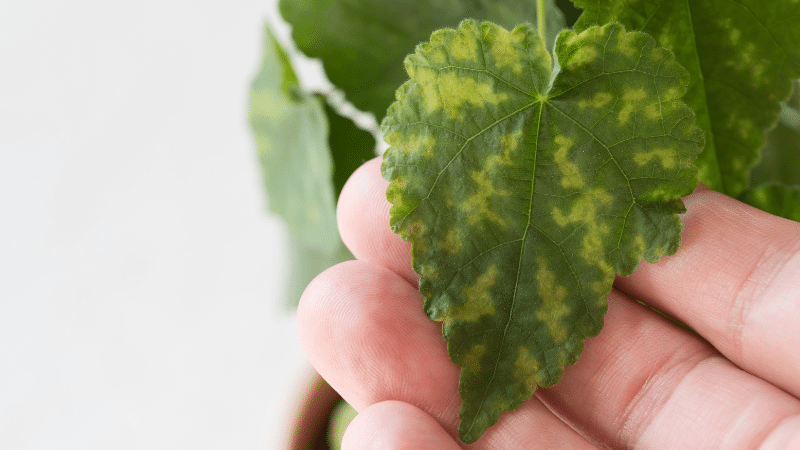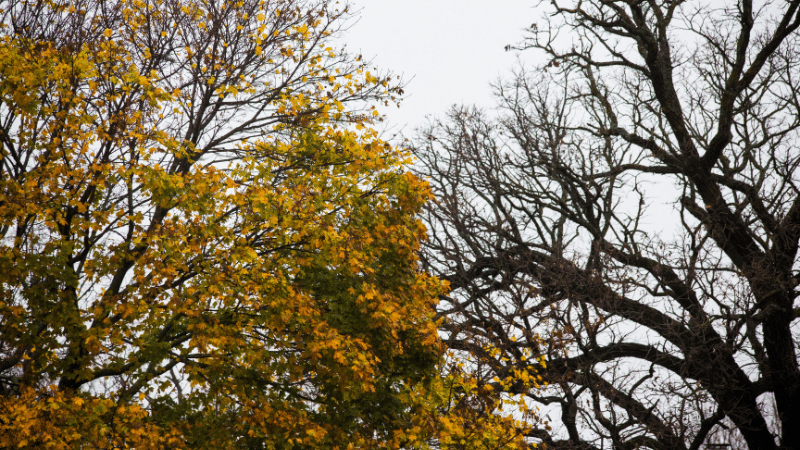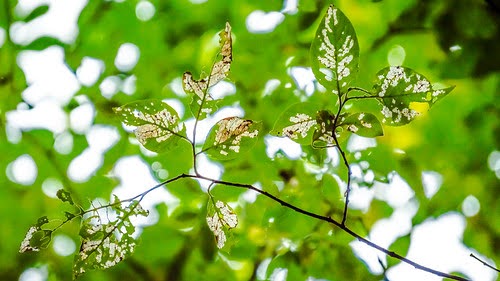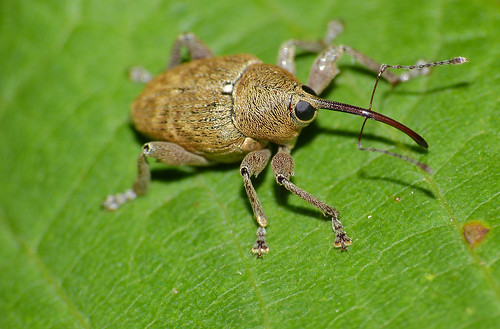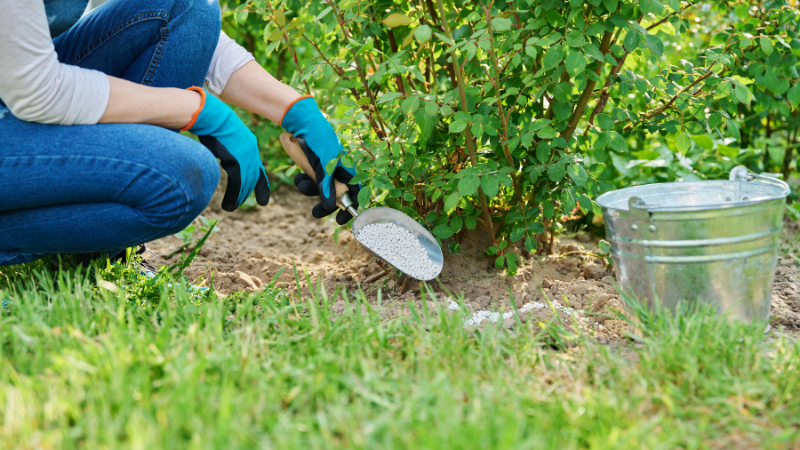
Date January 03, 2025
Category
Why do many experts recommend specific seasons for fertilization?
Because trees have distinct cycles, and selecting the appropriate time to fertilize ensures they receive nutrients when they’re most receptive.
For most tree types, early spring and late fall are the optimal times for fertilization, as these periods align with key stages in a tree’s growth cycle. This strategic timing aligns with the earth’s natural rhythms and helps trees thrive.
Missteps in fertilizing, such as choosing the wrong season, can lead to wasted efforts and potential harm. In the height of summer, for example, high temperatures and insufficient soil moisture hinder a tree’s ability to absorb nutrients effectively.
By targeting specific periods like early spring, when trees emerge from dormancy, or late fall, once foliage fades, one can support vigorous growth and robust health.
The Essentials of Tree Nutrition
Tree nutrition underscores tree vitality and growth. Proper nutrient management ensures trees have the necessary elements to thrive while recognizing nutrient deficit signals is essential for corrective measures.
Role of Nutrients in Tree Health
Nutrients are the building blocks for trees, driving processes like photosynthesis and growth.
Key nutrients include nitrogen, phosphorus, and potassium. Nitrogen supports leaf development and canopy density. Phosphorus is crucial for energy transfer and root development, and potassium aids in disease resistance and water regulation.
Secondary nutrients, like calcium and magnesium, play roles in cell wall structure and chlorophyll production, respectively. Micronutrients, though needed in smaller amounts, address specific functions. A balanced diet is indispensable to a tree’s well-being, just as with any living organism.
Here’s How To Identify Nutrient Deficiency Symptoms
Identifying nutrient deficiencies is critical. Yellowing leaves, stunted growth, or leaf drop may signal a problem.
- Chlorosis, often happening with inadequate nitrogen, causes leaves to yellow while veins remain green.
- Phosphorus deficiency might be indicated by dark green or purplish leaves, particularly in colder regions.
Observe the soil conditions too. Poor soil pH or compaction can exacerbate nutrient uptake issues. Regular soil tests and visual inspections provide insights into a tree’s needs. Corrective measures could involve adjusting the soil pH or applying specific fertilizers.
How To Determine the Ideal Fertilization Schedule
Determining the right fertilization schedule involves considering various factors such as the type of tree and local climate conditions. Paying attention to these elements ensures that trees receive the nutrients they need for healthy growth.
Factors Influencing Fertilization Timing
Timing is everything.
Different tree and shrub species have unique growth cycles and nutrient needs. For instance, evergreen trees may benefit from fertilization in late fall to store nutrients for winter.
Newly planted trees often need to be fertilized regularly to develop robust root systems, unlike mature trees that thrive with less frequent applications.
Another important aspect is recognizing signs that a tree may need the right amount of fertilizer.
As mentioned earlier, yellowing leaves, poor growth, and sparse foliage indicate potential nutrient deficiencies. Monitoring these indicators helps establish an effective fertilization routine, ensuring each tree gets what it needs at the right time.
Climate and Seasonal Considerations
The local climate also plays a significant role in determining the best time to fertilize.
In regions with cold winters, it’s wise to avoid fertilizing when the ground is frozen, as this prevents proper nutrient absorption. Early spring is often ideal, as it coincides with the onset of the growing season, fostering strong root development.
Seasonal changes also affect when to fertilize your trees.
In warmer climates, fertilizing in early spring and mid-summer supports healthy growth and fruit production. On the other hand, in areas with distinct seasons, it’s better to apply fertilizers in early spring and late fall, aligning with natural growth patterns.
Tree Fertilization Recommendation For Texas Climate
The best time to fertilize trees in Texas is during the fall and mid-spring.
Fertilizing in the fall helps trees prepare for the dormant winter season and supports root development, which is crucial for spring growth. Additionally, fertilizing from fall to mid-spring ensures that the tree’s roots can effectively take up nutrients from the soil.
How To Select the Right Fertilizer
Choosing the right fertilizer can make all the difference in the health and growth of trees. This involves understanding soil conditions and the specific nutrient requirements of your trees.
Using Soil Test Results
Soil tests are a critical step in selecting the appropriate fertilizer.
Conducting a soil test can help determine nutrient deficiencies and pH levels, providing a blueprint for effective fertilization. Soil testing identifies the levels of key nutrients like nitrogen, phosphorus, and potassium.
These results guide which nutrients to replenish. For example, low nitrogen levels may suggest using a fertilizer high in nitrogen.
Regular soil testing, typically every two to three years, ensures the selected fertilizer continues to meet the tree’s evolving needs.
A soil test kit or professional service can both accomplish this task. Using the test results, adjust the type and amount of fertilizer to match specific soil deficiencies.
NPK Ratios and Tree Requirements
Understanding NPK ratios is vital when selecting a fertilizer.
These ratios represent the percentages of nitrogen (N), phosphorus (P), and potassium (K) in the fertilizer. Different trees have varying nutrient needs, and the right NPK ratio will provide the necessary support.
For young trees, a balanced fertilizer, such as a 10-10-10, might be suitable. This offers equal parts of each nutrient to promote overall growth. Established trees may benefit from a higher nitrogen ratio to aid leaf production and growth.
Conversely, fruit or flowering trees may require more phosphorus to enhance blooms and fruit development. Ensuring the NPK ratio aligns with tree needs aids in robust tree growth and vitality.
Methods of Fertilizer Application
Choosing the right method for fertilizer application can significantly enhance tree health and growth. By understanding different techniques, you can better cater to the unique needs of each tree, ensuring they receive the nutrients required for vibrant development.
Surface Application vs. Deep Root Feeding
Surface application is straightforward and efficient.
It involves spreading granular fertilizer on the soil surface around trees. This method is ideal for maintenance as it’s easy and quick. However, there’s a catch: nutrients might not penetrate deeply, especially in compacted soils.
On the other hand, deep root feeding is more precise.
This technique uses tools to inject fertilizers directly into the root zone. It helps deliver nutrients to deeper roots, promoting strong growth. This method suits larger, mature trees where surface applications might not suffice.
Both methods have advantages and drawbacks. While surface application is simple and effective for smaller trees, deep root feeding addresses deeper nutrient deficiencies. Knowing when to use each is crucial for optimal tree health.
Organic vs. Synthetic Fertilizers
Organic fertilizers come from natural sources like compost and manure.
They improve soil health over time by boosting microbial activity and improving soil structure. Organic materials release nutrients slowly, making them ideal for maintaining a steady nutrient supply.
Synthetic fertilizers are manufactured chemicals. They provide a quick nutrient boost, addressing immediate deficiencies. However, they can harm soil structure if overused or applied improperly.
Using organic fertilizers supports sustainable practices and promotes long-term soil vitality. Synthetic fertilizers, although beneficial for a rapid response, should be used with caution due to potential environmental impacts. Balancing both types can achieve efficient nutrient management for trees.
Grow Healthy Trees with TreeNewal’s Help
If you need expert advice on when to fertilize your trees, TreeNewal offers personalized services for your needs. TreeNewal has ISA Certified Arborists who understand tree biology and local climate conditions so you can rest easy, knowing your trees are in safe hands.
TreeNewal is dedicated to enhancing landscapes across the Dallas & Fort Worth Metroplex. Contact our experts at (972) 777-4622 to secure your trees’ future health.
